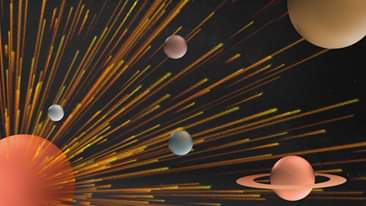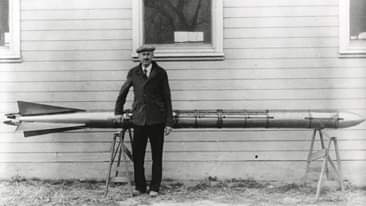Leiden chemists Marc Koper and Ian McCrum have discovered that the degree to which a metal binds to the oxygen atom of water is decisive for how well the chemical conversion of water to molecular hydrogen takes place. This insight helps to develop better catalysts for the production of sustainable hydrogen, an important raw material for the chemical industry and the fuel needed for environmentally friendly hydrogen cars. Publication in Nature Energy.
For years there has been a heated debate in the literature: how to speed up the electrochemical production of hydrogen on platinum electrodes in an alkaline environment? Chemist Ian McCrum watched from the sidelines and concluded that part of the debate was caused by the fact that the debaters were looking at slightly different electrodes, making the results incomparable. Time to change that, McCrum thought, who was a LEaDing Fellow postdoc in the group of Professor Marc Koper at the time.







